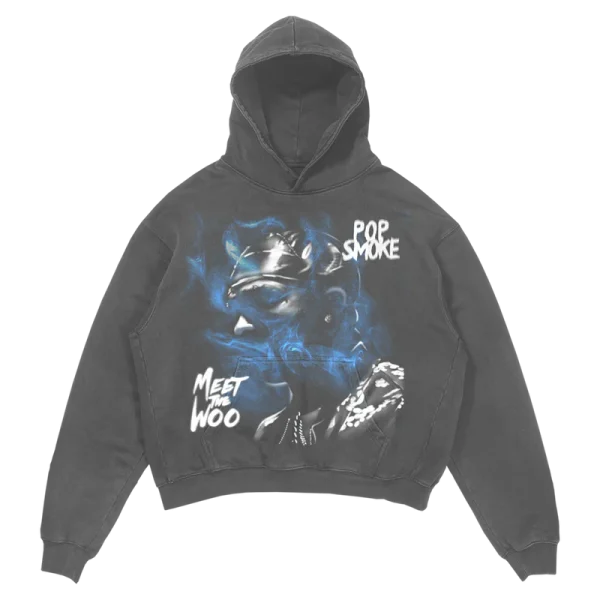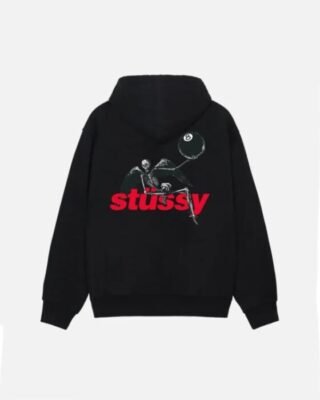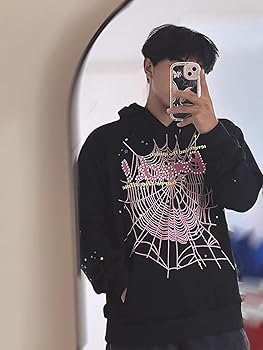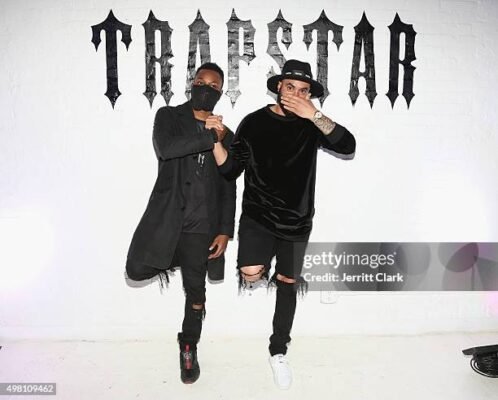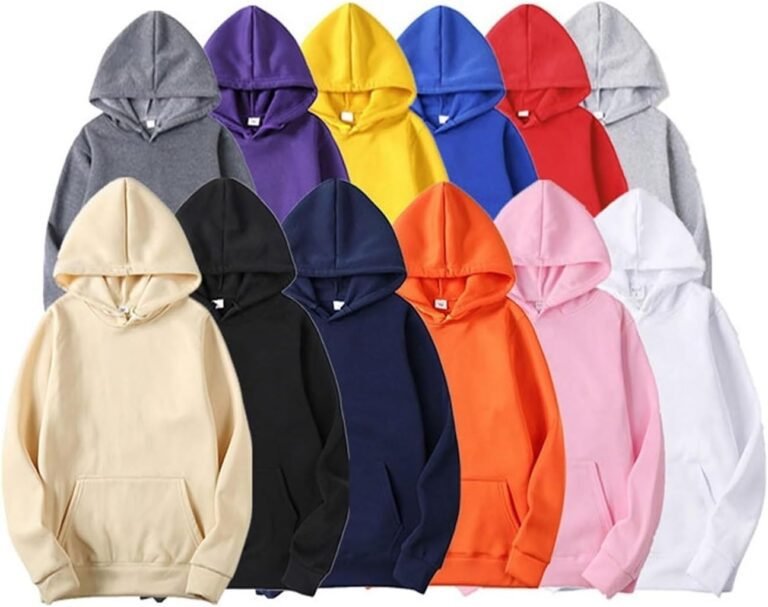The circular economy in fashion is no longer a niche concept but a necessary
Outline
- Introduction
- The rise of sustainable fashion
- Why circular fashion is the future
- Understanding the Circular Economy in Fashion
- Definition and core principles
- How it differs from traditional linear fashion
- The Environmental Impact of Fast Fashion
- Waste generation and landfills
- Water and energy consumption
- Carbon emissions
- Key Elements of Circular Fashion
- Sustainable material sourcing
- Recycling and upcycling
- Ethical production processes
- Extended product lifespan
- Brands Leading the Circular Fashion Movement
- Notable sustainable fashion brands
- How luxury and high-street brands are adapting
- Consumer Role in Circular Fashion
- Buying less but better
- Supporting ethical brands
- Second-hand shopping and clothing swaps
- Technology’s Role in Sustainable Fashion
- AI and blockchain for supply chain transparency
- Innovative fabrics and biodegradable materials
- 3D printing and zero-waste fashion
- Challenges in Implementing Circular Fashion
- High costs of sustainable production
- Consumer mindset shift
- Lack of regulations and policies
- How Governments and Policymakers Can Help
- Incentives for sustainable brands
- Regulations to curb waste
- Education and awareness programs
- The Financial Benefits of Circular Fashion
- Cost savings for brands and consumers
- The rise of fashion rental services
- Growth of the resale and second-hand market
- The Future of Fashion: What’s Next?
- Predictions for sustainable fashion trends
- How the industry is evolving
- Conclusion
- Why circular fashion is essential
- Call to action for brands and consumers
- FAQs
- What is circular fashion?
- How can I support sustainable fashion?
- Are second-hand clothes a good alternative?
- Which brands are leading in circular fashion?
- How can the government help promote sustainable fashion?
The Circular Economy in Fashion Is No Longer a Niche Concept but a Necessity
Introduction
The fashion industry is undergoing a major transformation. Once dominated by fast fashion and overproduction, the industry is now shifting towards sustainability. Visit now https://ericemanuelclothing.shop/ The concept of circular fashion, which was once a niche trend, has become an absolute necessity. Consumers are more informed, brands are becoming more responsible, and governments are stepping in to regulate waste and environmental damage. But what exactly is circular fashion, and why is it so important?
Understanding the Circular Economy in Fashion
The circular economy in fashion is based on designing, producing, and consuming clothing in a way that minimizes waste and maximizes reuse. Unlike the traditional linear model—where clothes are made, used, and discarded—the circular fashion model focuses on recycling, repairing, and repurposing materials to extend their lifespan.
The Environmental Impact of Fast Fashion
Fast fashion has contributed significantly to environmental damage:
- Waste Generation: Millions of tons of clothing end up in landfills every year.
- Water Consumption: Textile production consumes massive amounts of water, especially cotton farming.
- Carbon Emissions: The fashion industry accounts for around 10% of global carbon emissions.
Key Elements of Circular Fashion
- Sustainable Material Sourcing – Using organic, biodegradable, and recycled materials.
- Recycling and Upcycling – Transforming old garments into new products.
- Ethical Production Processes – Ensuring fair wages and humane working conditions.
- Extended Product Lifespan – Encouraging repairs, second-hand sales, and rentals.
Brands Leading the Circular Fashion Movement
Several brands are embracing sustainability: Check it now https://hellstarhoodieofficials.com/
- Patagonia – Promotes repair and resale programs.
- Stella McCartney – Uses vegan and recycled materials.
- H&M Conscious Collection – Integrates sustainable fabrics into mainstream fashion.
Consumer Role in Circular Fashion
Consumers play a crucial role in driving the change by:
- Choosing quality over quantity.
- Supporting brands with ethical practices.
- Embracing second-hand shopping, clothing rentals, and swaps.
Technology’s Role in Sustainable Fashion
Technology is helping advance circular fashion through:
- AI and blockchain – Enhancing supply chain transparency.
- Biodegradable materials – Reducing waste at the end of a product’s life.
- 3D Printing – Enabling zero-waste production.
Challenges in Implementing Circular Fashion
Despite its benefits, circular fashion faces obstacles such as:
- Higher production costs.
- Consumer resistance to changing habits.
- Lack of standardized regulations.
How Governments and Policymakers Can Help
To accelerate circular fashion, governments can:
- Offer tax incentives to sustainable brands.
- Impose stricter regulations on waste and pollution.
- Educate consumers on sustainable choices.
The Financial Benefits of Circular Fashion
A circular fashion model is not just good for the environment—it also makes financial sense:
- Saves costs for brands by reducing raw material dependence.
- Encourages the growth of resale and rental markets.
- Appeals to a growing segment of eco-conscious consumers.
The Future of Fashion: What’s Next?
Sustainable fashion is the future. As technology advances and consumer awareness grows, circular fashion will become the standard rather than the exception.
Conclusion
The shift towards a circular economy in fashion is no longer an option but a necessity. With the planet at stake, both brands and consumers must take action. Whether through choosing sustainable brands, embracing second-hand fashion, or supporting innovative technologies, every small step counts toward a greener future.
FAQs
1. What is circular fashion?
Circular fashion is a sustainable approach where clothing is designed to be reused, recycled, or biodegraded instead of discarded.
2. How can I support sustainable fashion?
You can buy from ethical brands, shop second-hand, repair old clothes, and choose quality over quantity.
3. Are second-hand clothes a good alternative?
Yes! Buying second-hand reduces waste, saves money, and extends the lifespan of garments.
4. Which brands are leading in circular fashion?
Brands like Patagonia, Stella McCartney, and H&M Conscious Collection are pioneering sustainability in fashion.
5. How can the government help promote sustainable fashion?
Governments can implement policies that support sustainable production, tax incentives for ethical brands, and regulations on textile waste,

